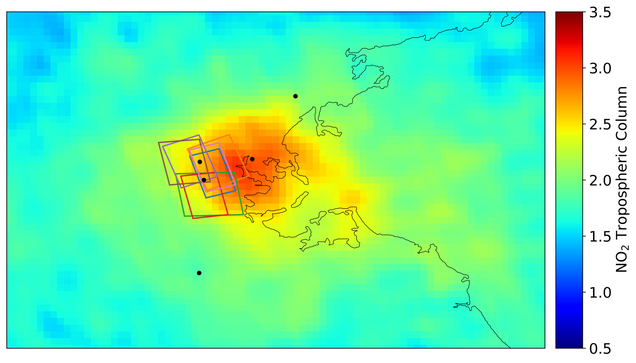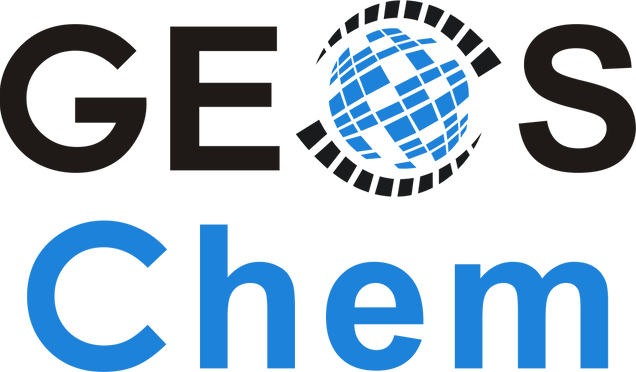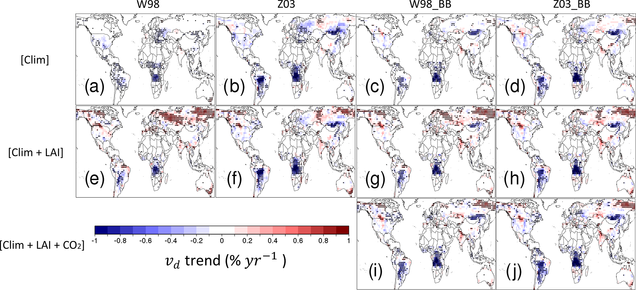Research Activities
REMOTE SENSING OF URBAN AIR QUALITY
|
BIOSPHERE-ATMOSPHERE INTERACTIONS
|
Remote Sensing of Urban Air Quality
Instruments on board Earth-orbiting satellites provide extensive spatial coverage of atmospheric observations. In our group, we focus on measurements of chemical compounds related to air quality. The concentrations of these species can be determined indirectly by interrogating solar backscattered radiation because of their specific absorption properties. Intra-urban and intra-pixel variability in the concentrations of short-lived atmospheric trace gases complicates the interpretation and application of satellite-based observations. Urban-scale variability in surface concentrations of nitrogen dioxide (NO2) is frequently acknowledged in air pollution research, but how this ground-level variability manifests in the vertical column and affects satellite remote sensing is not well understood. We are establishing a networking of ground-based Pandora spectrometer systems within the Boston area, capable of retrieving continuous NO2 and HCHO tropospheric columns.

The network will have collocated in-situ measurements of NO2, and LIDAR-derived aerosol profiles at a central site to derive urban boundary layer evolution. With these observations, we can evaluate satellite retrieval products, explore the heterogeneity of air quality within a satellite footprint, determine robust relationships between tropospheric column density and surface concentrations, test chemical transport model simulations, and improve our understanding of atmospheric chemistry in a coastal urban environment environment. Preliminary observations have already demonstrated that NO2 tropospheric columns over Boston can vary by at least factor of 2 across distances of only ~3 km. We also see very obvious impacts of meso-scale meteorology (e.g. frequent sea breezes in the summer), which would not be accurately reflected in most a-priori models used for deriving satellite-based observations. The map below shows where we have collected Pandora observations.
Funding:
- NASA: Multi-Scale Modeling and Remote Sensing of Air Quality in a Coastal Urban Environment (ongoing)
- NOAA: CO2-Air Quality Urban Synthesis and Analysis (“CO2-AQ USA”) Project: Trends & Drivers of Urban Emissions from Past, Present, to Future (ongoing)
- NASA: Remote Sensing of Surface-Level Ozone Sensitivity to Nitrogen Oxides and Volatile Organic Compounds (ongoing)
- BU Global Development Policy Center: Global China Initiative: Greening China’s Oversees Investments (8/2020 – 7/2022)
- NASA: Remote Sensing of Surface Air Quality: New Insight into Intra-Urban Variability in Tropospheric NO2 and HCHO (4/2018 – 3/2022)
Biosphere-Atmosphere-Chemistry Interactions
Many interesting questions about atmospheric composition are unable to be answered by available observations alone. Atmospheric chemical transport models (CTMs) incorporate our best understanding of emissions, chemical mechanisms, transport, and uptake at the surface. We can then use the models to predict atmospheric composition and simulate potential impacts over many temporal scales and across large regions.

In our group, we use the GEOS-Chem model extensively. GEOS-Chem is a state of the art CTM used by research groups from around the world. In particular, we are interested in improving and validating the representation of biosphere processes in chemical transport modeling. The terrestrial biosphere is both an important source and sink of constituents in the atmosphere that participate (and control) the chemistry of the troposphere, making its role in air quality management and climate mitigation complex.

We are currently studying how recent declines in anthropogenic NOx emissions have altered urban sensitivity to biogenic O3 precursors, such as isoprene emitted by vegetation and NOx emitted from soils. We are also fine-tuning our understanding of O3 dry deposition to vegetation canopies, which represents a important sink of O3 near the surface, but also poses a threat to ecosystem productivity. Current models of O3 dry deposition vary widely in their predictions, and our work has demonstrated that this has consequences for simulating not only global mean O3, but also interannual variability and long-term (decadal-scale) trends. We are also exploring the extent to which contemporary land cover changes may compete with land management activities in their impacts on air quality.
Funding:
- NSF: Collaborative Research: Understanding Emission Sources and Sinks of Nitrous Acid in North American Forests (ongoing)
- BU Pardee Center for Longer Range Future: Global Air Quality at the 22nd Century: The Role of Climate- and Land Use-Driven Perturbations to Atmospheric Nitrogen Cycling (ongoing)
- NSF: CAREER: Air Quality Impacts of Dynamic Forest-Atmosphere-Chemistry Interactions (ongoing)
- Environment and Climate Change Canada: Measurement-Model Fusion for Global Total Atmospheric Deposition Initiative (4/2021 – 3/2023)